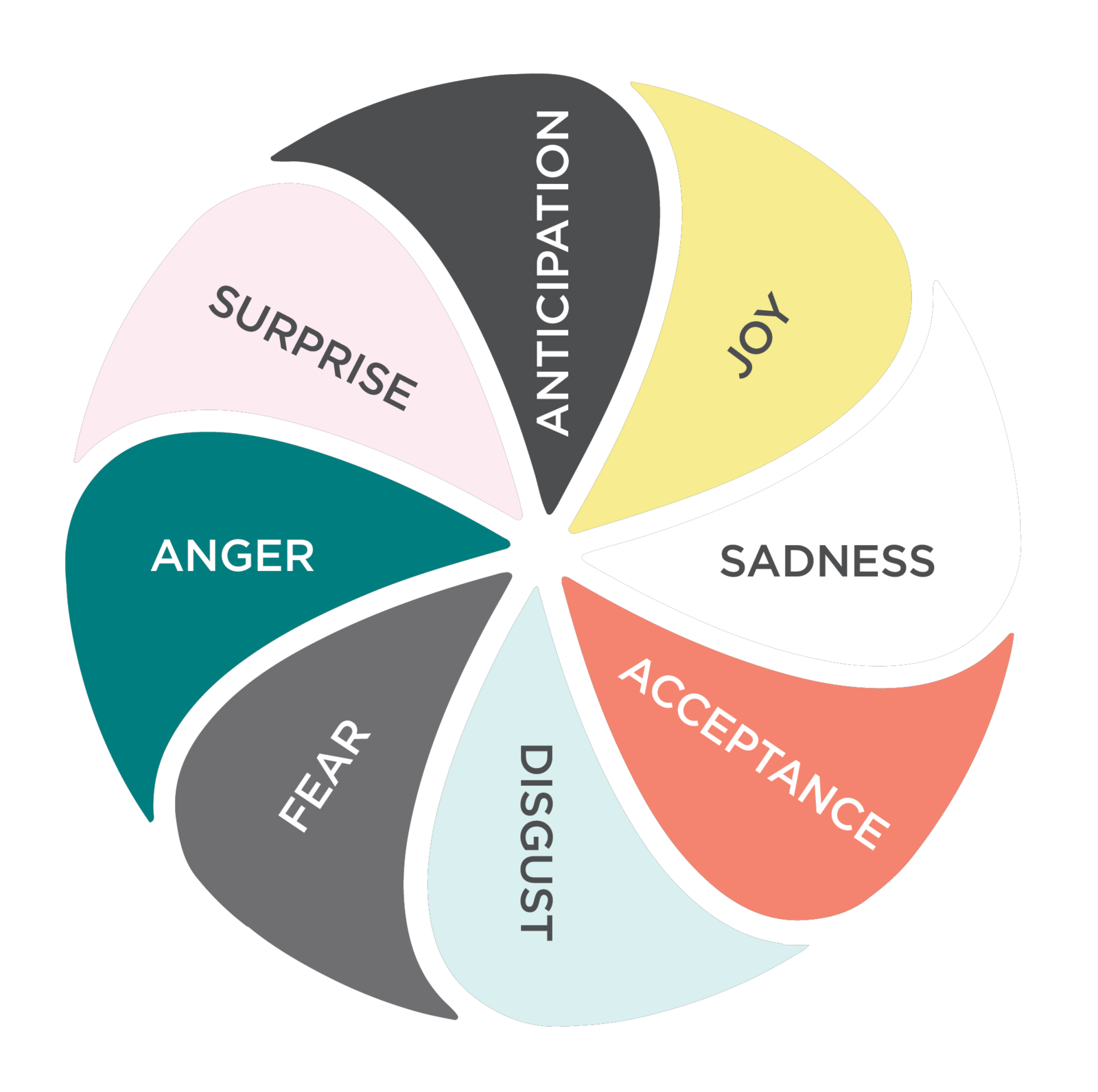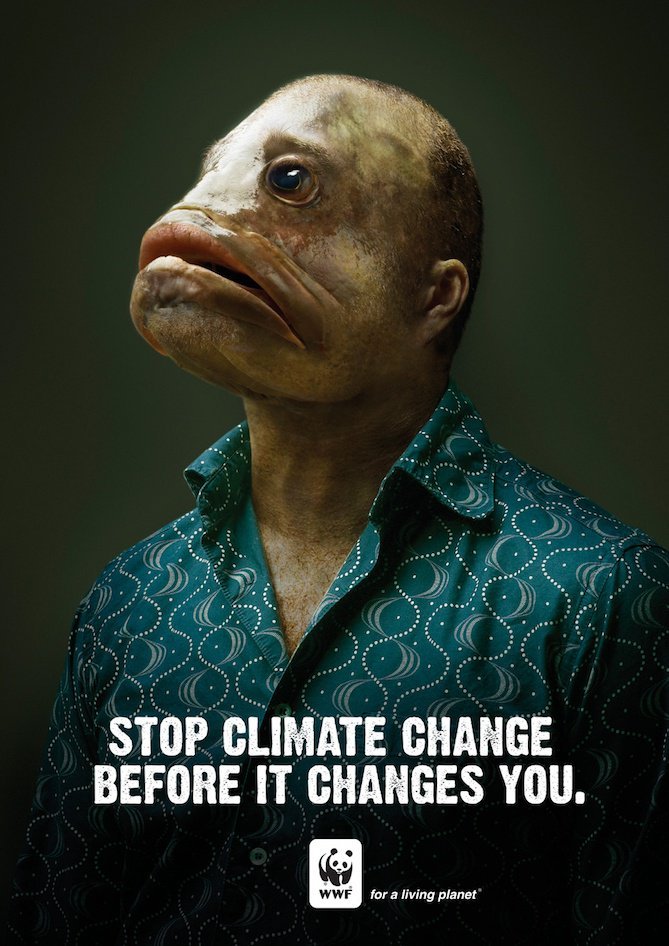The benefits of emotional marketing
Emotions are universal.
Humans, while intelligent, rational, and logical creatures, cannot escape the finiteness of emotions. In fact, 90% of our decisions are made based on emotions. Read that again - 90%.
That’s an insane number considering how many of us “stop to think about it” while “weighing the pros and cons.”
Since we’re emotional creatures, it only makes sense how marketers would use this to their advantage in marketing. When we use emotional language, we use it as a story connecting our audiences with brands in a personal, human way.
At its core - emotional marketing is all about staying human, authentic, and approachable.
Connecting with our customers
First things first, what is emotional language?
As the name implies, emotional language (especially in marketing) are words used to evoke a certain response from the reader.
This can include happiness, anger, sadness, joy, laughter, frustration, etc. You’ll notice a few other words on the wheel that you can use to your advantage in marketing strategies.
In fact, there’s been many correlations between emotions and the outcome of a post. The role our feelings play in our decision making is something marketers have grabbed onto, and in our current world - companies need to appeal to buyer’s wants and needs and cater to those emotions.
While our brains are complex, we rely on a handful of base emotions to decide from.
Happiness
At the core of the human experience, there’s a cadence of “I just want to be happy.”
A few brands have taken this to heart including Pampers (“love, sleep, and play” is their tagline and their commercials are geared towards parents soaking in the magic of parenthood), Coca-Cola (remember their “choose happiness” campaign back in 2015? They capitalized on the feeling of sharing a drink and laughing with friends), and even Reddi-whip (they had a campaign in the early 2000s called “unleash joy.” After all, what’s more joyful than a mouthful of whipped cream?)
Fear
As humans, we’re equipped with fight, flight, or fawn, and nothing evokes this as much as fear does. In fact, fear causes us to do wild things (anybody’s parents go through satanic panic back in the 80s? Weird times).
Fear is a positive marketing tool as it builds customer loyalty to your product or service. It causes people to research and realize if no action is taken, something bad COULD happen (or, instead of active fear, customers experience FOMO or fear of missing out).
This poster from World Wildlife is a great example of emotional marketing as they used fear in this campaign to raise awareness about the effects of global warming.
Inspiration
Who doesn’t love to be inspired? A lot of brands tap into the inspirational side of marketing since it’s 1. Easy and 2. Really fun to make people feel good.
Nike does a fantastic job at inspirational marketing. Instead of focusing on what makes their apparel and shoes amazing, they tell the stories behind the people buying their products. “Just Do It” is full of emotional intent - they’re inspiring viewers to work towards their goals.
Anger
When Always unleashed their “like a girl” campaign, the brand unleashed some serious feminine rage. The campaign was all about empowering young women to do things “like a girl” and actively worked to redefine the negative stereotype.
Using anger in advertisements encourages people to investigate important issues and reconsider their preconceived notions and perspectives. It shows a general situation and shows how, if we come together, it can change and lead to positivity.
Emotional wording is memorable
Let’s talk about our brains for a second.
Who remembers their first kiss? How did you feel at that moment? Chances are your emotions were heightened giving your brain more to connect the moment with the emotion you felt. Emotional memories are more likely to be stored because of the heightened emotional state. When this happens, our brain’s amygdala is activated and releases hormones equated with fight or flight.
These hormones bump up our heart rate, dilate our pupils, and push blood to our muscles. Our body increases our attention to keep us vigilant for signs of danger. While in this physical state, our memories created during this time are more likely to be stored long-term.
And now you have the reason advertising with emotional language is so effective: if it makes you have an emotional response, it will stick around in your mind for a while.
A brand that sticks in the front of my mind because of the emotional maturity of it is St. Jude’s Hospital Marketing. By showing patients and their families while hearing their incredible and gut wrenching stories, they pull in the audience and make them empathize.
Not a dry eye around after those campaigns.
Motivation = Action
The saying “They won’t remember what you said but they’ll remember how you made them feel,” is poignant in emotional marketing.
Depending on what feelings you’re after from your audience will determine what they’ll do with the information provided to them. Do you want them to subscribe to a newsletter? Purchase your newest product they just can’t live without? Or maybe you want to impart some wisdom.
If you make candles for a living and you’re unsure about how to market them, try catering towards your client’s greed.
You read that right - greed. BOGO is a popular term in the service industry and the reason being is you can have MORE things for LESS money. By offering a BOGO sale on candles, you can heighten the sense of “I want it all” by offering “buy one candle and get one free.”
If you’re a luxury restaurant, play to the emotion of belonging or FOMO. By making your restaurant look and feel exclusive, you’ll create a sense of “If I don’t get to go to that newest restaurant, I’ll be left out when my friends talk about it.” See how that works?
Pay attention to design and colors
Last, colors play a huge role in affecting people emotionally. Marketing means using the power of color to heighten the emotional appeal of what you’re marketing.
Be sure to use strategic photos and videos in your marketing, too. The most human part of our brains responds better to visual images than words alone. Remember how we’ve always told stories? Sometimes they were drawings on cave walls.
I’ve spoken on the psychology of colors before in my last blog, “Creating your brand's personality” but as a refresher, here’s what different colors can do for a brand.
Conclusion
To wrap it all up, don’t be afraid to put yourself (and your emotions) out there for your audience. Chances are, you’ll connect on a more human level and learn more about what your clients want, enjoy, and their buying experience. Don’t be afraid to try new things! While emotional marketing can seem daunting, I promise it’s not. Try experimenting with emotional language in your newsletters and see how it goes - you may surprise yourself!



